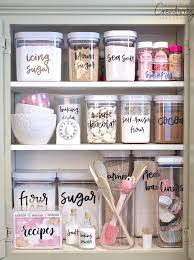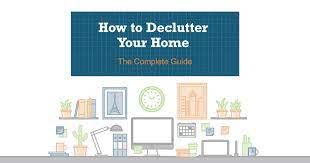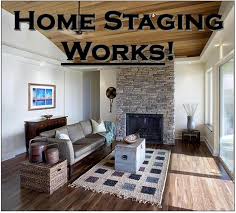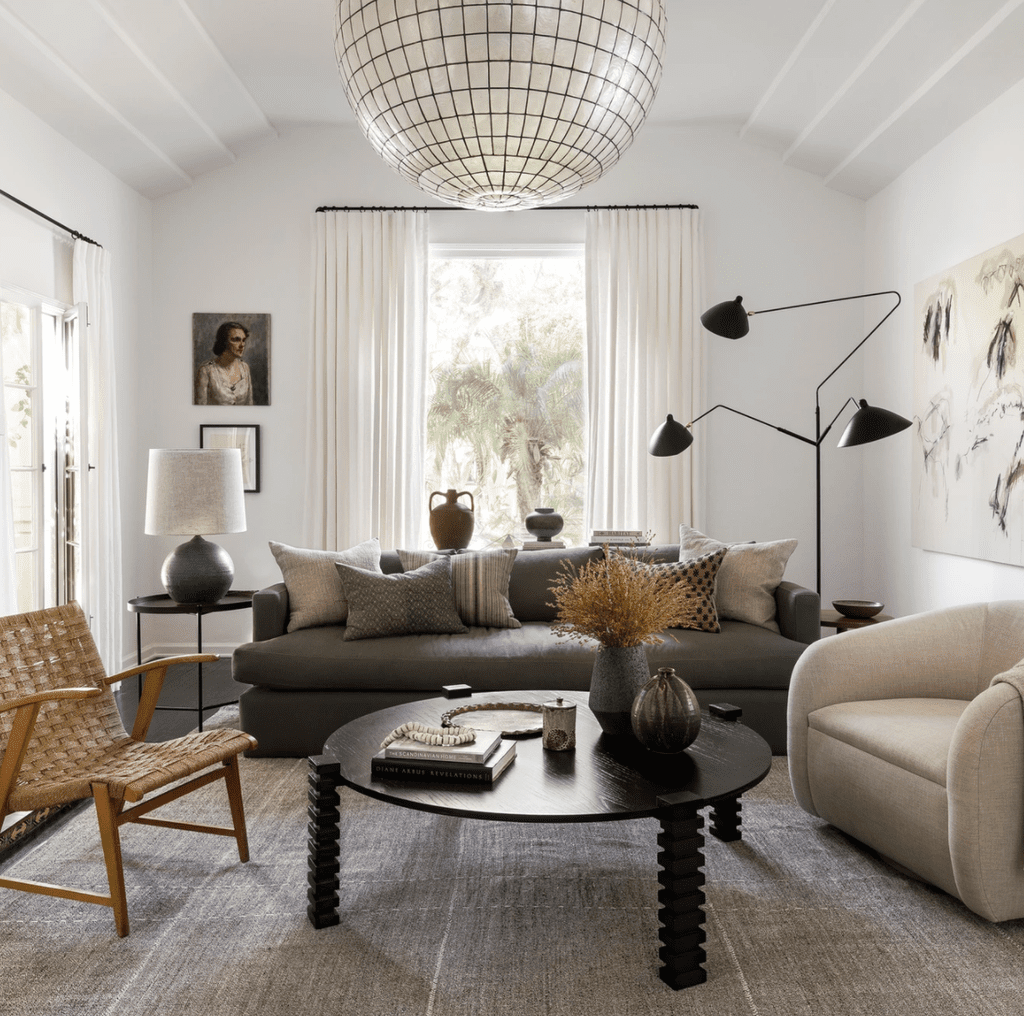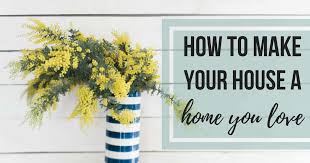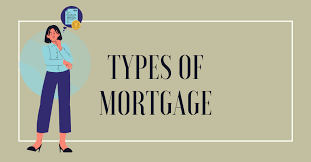Why Do Real Estate Agents Ask If You're
Pre-Approved?
Don’t be embarrassed when your first meeting with a real estate agent slips quickly from a polite conversation to a severe Q&A. While you may anticipate your realtor’s need for your name, address, and phone number, you must also be ready to answer the big question: “Are you pre-approved?” If your answer is “no,” it could hinder your home-buying process.
When you begin your search with pre-approved status, it means your mortgage company has confirmed your income, reviewed your credit, and verified various other personal and financial details. Their assessment considers your ability to repay a loan and calculates your maximum mortgage potential. While a pre-approval is not a commitment to finance you, it says you are a good candidate for buying a home. It sends an important message to everyone involved in the home-buying process. It tells the seller, “I’m serious” For every home you view, there’s a seller who has spent time and money getting it into market-ready condition.
Home sellers clean, paint, and comply with repair and staging recommendations. They schedule open houses and leave home at a moment’s notice for last-minute showings. A seller puts forth a lot of effort so buyers can come in and take a look. In exchange for that effort, a seller wants to know that the strangers wandering through their home are serious buyers. A pre-approval tells a seller that if you wish to their home enough to buy it, you have the financial ability to complete the deal. It means them you are a serious buyer. It may also give you an edge in negotiating a better price.
It Tells Your REALTOR, “I won’t waste your time” Professional real estate agents are happy to help you find the home of your dreams. They locate homes that meet your specifications and accompany you to as many showings as you desire. Your agent will commit to your home-buying vision, but they need to know that you can meet the financial requirements upfronts. The pre-approval process reviews your personal information, credit history, income, and background before confirming that you are a good candidate for a home mortgage.
The process may seem tedious, but it allows the mortgage company to project your creditworthiness and the mortgage amount you can afford. Your pre-approval also serves to pre-screen you as safe and non-threatening. That’s important to realtors who often find themselves alone with strangers in uninhabited homes. It lets you know, “I’m ready to buy a home” When you haven’t taken steps to get pre-approved for a mortgage, house-hunting is more like window shopping. You peek inside homes you may be curious about. You check out the decor, see the color schemes, and get an idea of what you may or may not want. You may think you are ready to buy a home, but until you’re pre-approved, you must admit that you are simply window shopping.
Your commitment to the pre-approval process lets you know that you’re ready to buy a home and confirms that you can do it. Instead of simply looking, you can make a legitimate offer. You can make a fair offer. You can make a legitimate offer when you see your desired home. If your offer is accepted, you’ll have a mortgage company willing to work with you to finalize the sale. Ask Your Real Estate Professional When you’re ready to search for a new home, contact a real estate professional. A realtor can further explain how a mortgage pre-approval letter can ease your home-buying process. Your real estate agent has your best interests in mind, so trust them when they ask you questions that might catch you off-guard. The more you cooperate, the more likely you’ll land your dream home.


